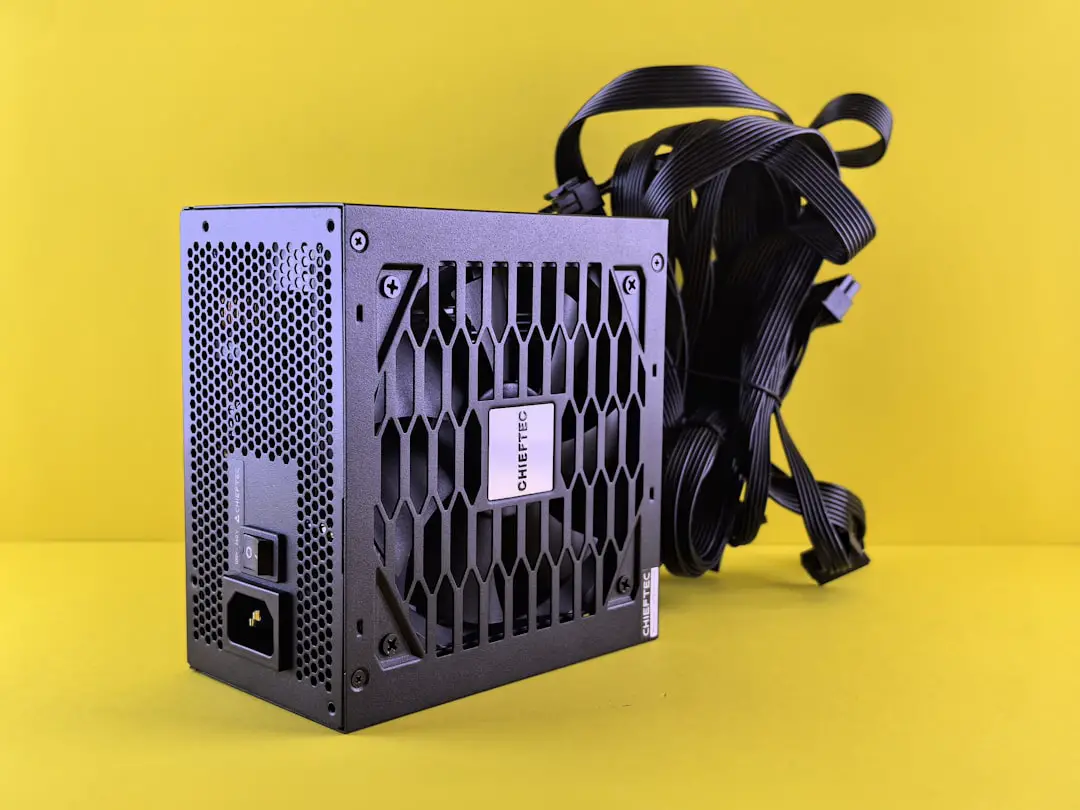If you’re a devoted fan of Battlefield 4, you understand that few things interrupt a gaming session like sudden connection issues. Whether it’s a “Could not join session” error or seemingly endless loading screens, these interruptions are not only frustrating but can cost you in-game progress and precious time. Don’t worry — regaining your spot on the battlefield doesn’t have to be a long and complex process.
TL;DR: Struggling to connect to Battlefield 4 sessions? You’re not alone. Common fixes include restarting your router, clearing your game cache, adjusting NAT settings, and checking EA/Origin server status. With a few technical tweaks and some troubleshooting, you can be back in the fight quicker than you think.
Understanding the Real Problem
Connection issues in Battlefield 4 often stem from either local network conflicts, software glitches, server outages, or game client corruption. These problems typically manifest in the following ways:
- Session Join Failures: You attempt to connect to a server, but the loading hangs or kicks you back to the server browser.
- Infinite Loading Screens: The game appears to load endlessly after selecting a match.
- “Could not join session” Error: This vague — yet common — error message tells you that your connection attempt has failed.
Quick Fixes to Try First
Before diving into more technical waters, there are a few quick solutions that work for many players:
- Restart the Game and Device: Whether you’re on PC, PS4, or Xbox, close Battlefield 4 entirely and reboot your device. Temporary glitches or memory issues might be at play.
- Power Cycle Your Router: Unplug your router for 30 seconds and plug it back in. This can fix minor network allocation issues and often restores stable connectivity.
- Use a Wired Ethernet Connection: Wi-Fi is prone to interference. If possible, connect directly via an Ethernet cable to reduce packet loss and latency.
Advanced Troubleshooting Techniques
If the initial solutions don’t work, try these more in-depth steps to isolate and eliminate the root cause:
1. Check Server Status
The EA and Origin servers occasionally experience outages. Check the official EA Help site or third-party websites like DownDetector to confirm whether server-side problems are occurring.
2. Clear Game Cache Data
Corrupt or bloated cache files can interfere with game loading and communication.
- On PC: Go to your Origin settings, under “Application Settings” > “Advanced,” and click “Delete All Game Installers.” Also manually delete the Battlefield 4 folder in the “Documents” directory (back up saves first).
- On Console: Power off the console completely, unplug for 2 minutes, then restart. This clears most temp file caches in memory.
3. Configure Correct Network Settings
Improper NAT (Network Address Translation) settings are a primary reason for failed session joins. You’ll want to ensure that your system has either an Open (Xbox) or Type 1/2 (PlayStation) NAT type.
Steps include:
- Access your router settings via web browser using your local gateway IP (e.g., 192.168.1.1).
- Enable UPnP (Universal Plug and Play) to automatically manage port forwarding for gaming devices.
- If UPnP fails, manually forward ports used by Battlefield 4:
- TCP: 80, 443, 9988, 17502, 20000–20100, 22990, 42127
- UDP: 3659, 14000–14016, 22990–23006, 25200–25300
4. Reinstall Battlefield 4 or Repair Game Files
Especially on PC, corrupted game files can cause loading and session issues. Use Origin or the EA app to verify game files or repair the installation. If this doesn’t help, a full reinstall may be the cleanest solution.

5. Disable Background Programs That Interfere With Network
Third-party firewalls, VPNs, and even antivirus programs have been known to block Battlefield 4’s traffic. Try launching the game with:
- VPNs Off: Some servers may not accept VPN traffic.
- Firewall Exceptions Added: Allow Battlefield 4 and Origin apps through your firewall.
- Antivirus Game Mode Enabled: Modern antivirus software can throttle network traffic unless “gaming mode” is enabled.
Console-Specific Fixes
Issues on consoles like PS4 and Xbox tend to have unique patterns. Here are tweaks designed specifically for those systems:
PlayStation (PS4/PS5)
- Rebuild Database: Boot into Safe Mode and select “Rebuild Database.” This action sorts and organizes your system files, resolving conflicts.
- Check NAT Type: Go to Settings > Network > View Connection Status. Aim for NAT Type 2.
Xbox (One, Series X/S)
- Clear Alternate MAC Address: Settings > Network > Advanced Settings > Alternate MAC Address > Clear.
- Test Multiplayer Connection: Ensure no network errors appear during the test phase.
When All Else Fails: Contact EA Support
If you’ve exhausted the above steps and are still encountering issues, it may be time to contact EA Help directly. Prepare to provide the following for faster resolution:
- Your platform (PC, PS4, Xbox)
- Username/gamer tag
- Detailed error message or behavior
- Steps already taken to fix the issue

Tips to Prevent Future Session Issues
Once your connection is stable, these best practices can help reduce the chances of session problems coming back:
- Regularly restart your router and gaming device weekly.
- Keep your system and Battlefield 4 client fully updated.
- Limit background devices and high-bandwidth apps during gaming sessions.
- Use server filters in Battlefield 4 to connect only to low ping, stable servers.
Conclusion
Problems connecting to Battlefield 4 may seem daunting at first, but with methodical troubleshooting, most players can return to action quickly. Whether it’s a simple router reset or meticulous network reconfiguration, regaining your connection is often just a few steps away. You deserve uninterrupted gameplay — and fortunately, most issues can be fixed permanently with the tips above.
Stay in the fight, soldier.